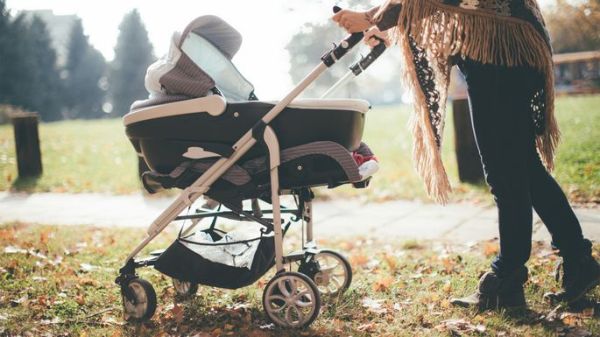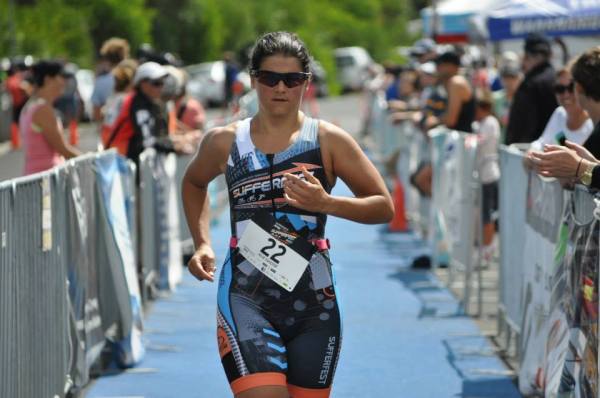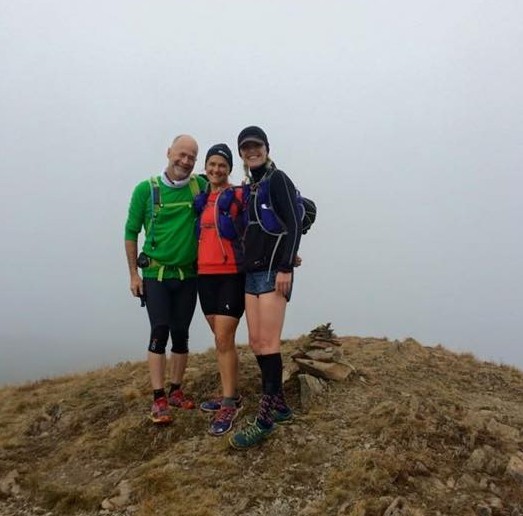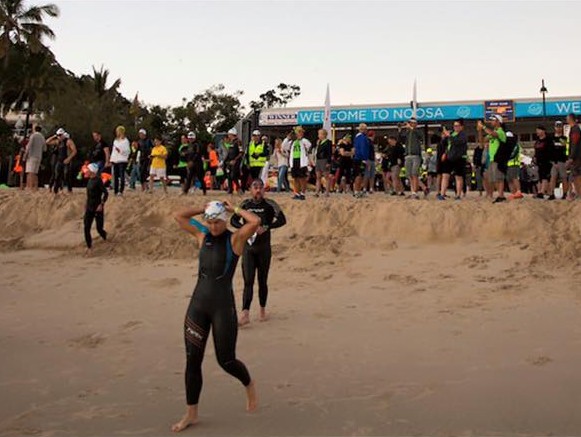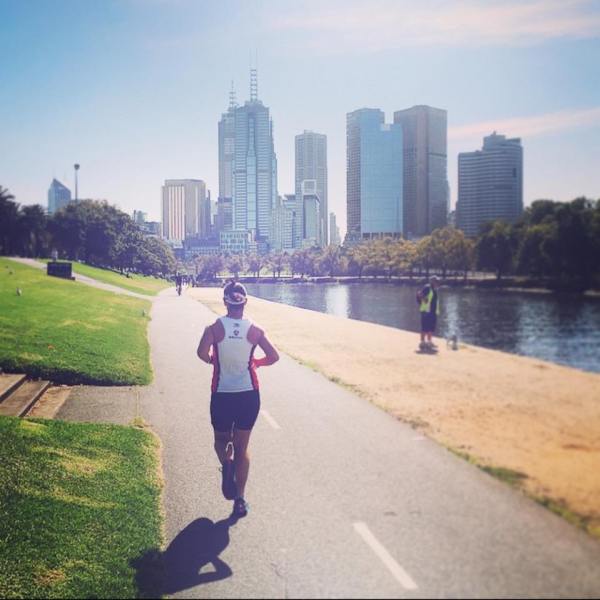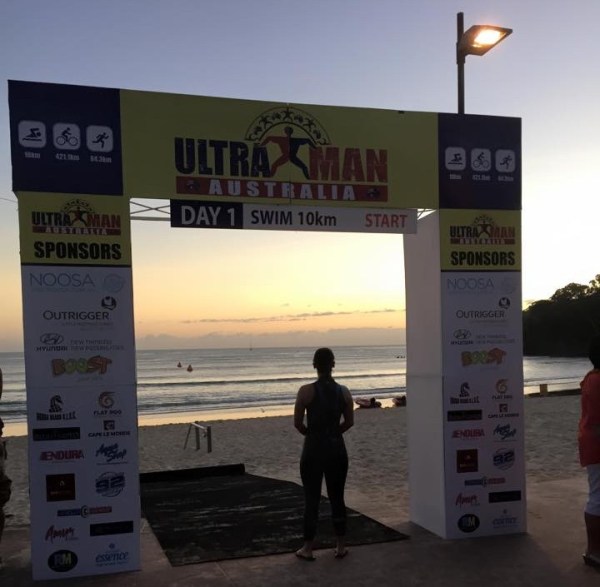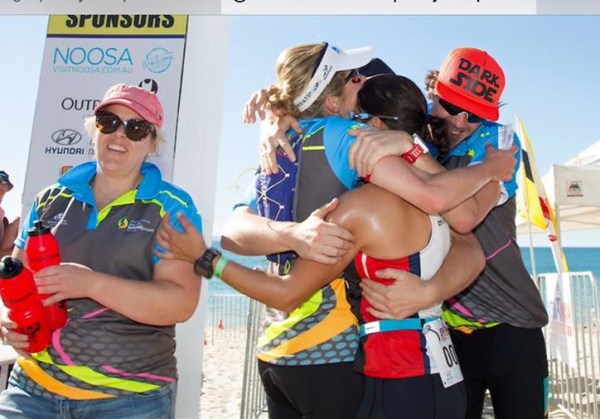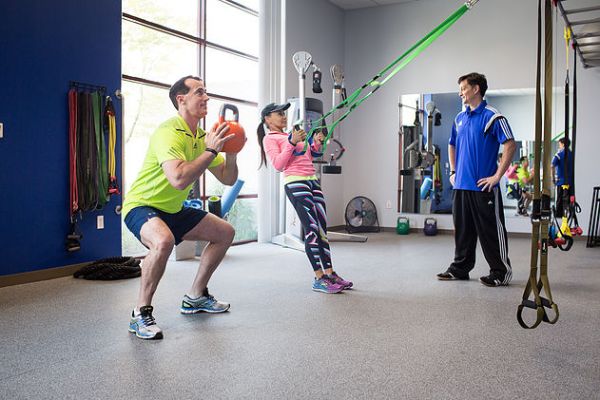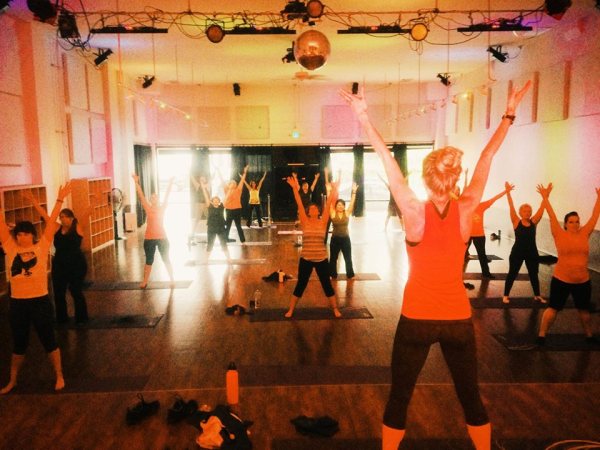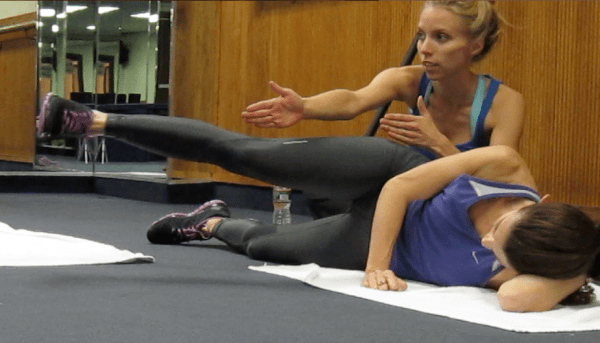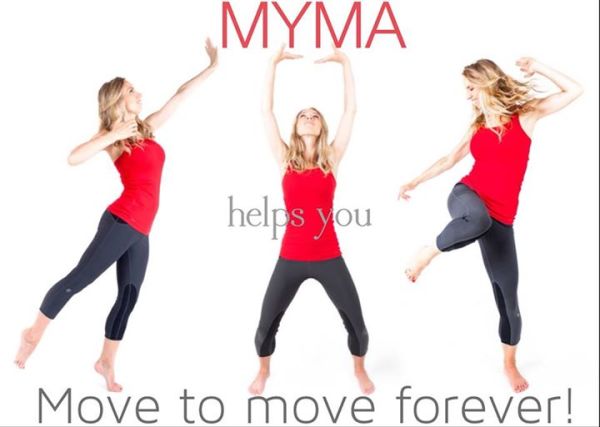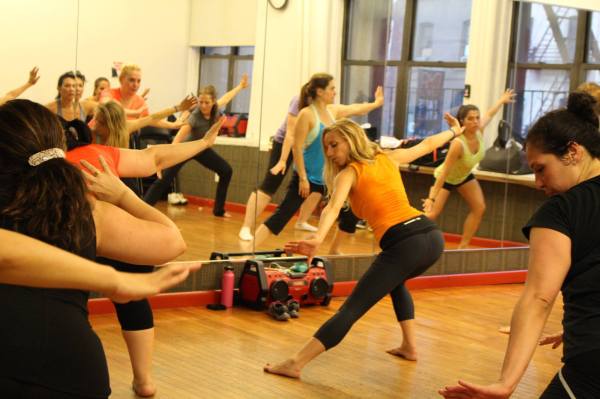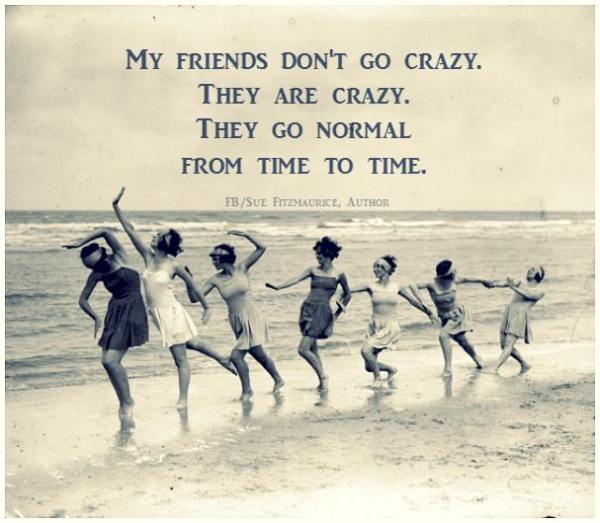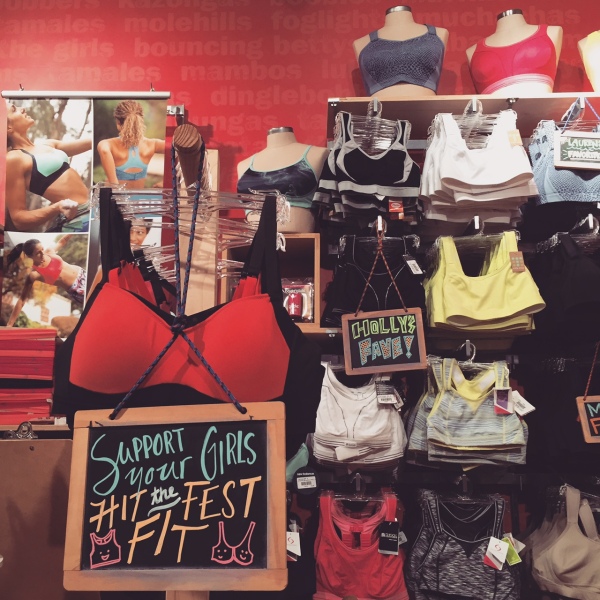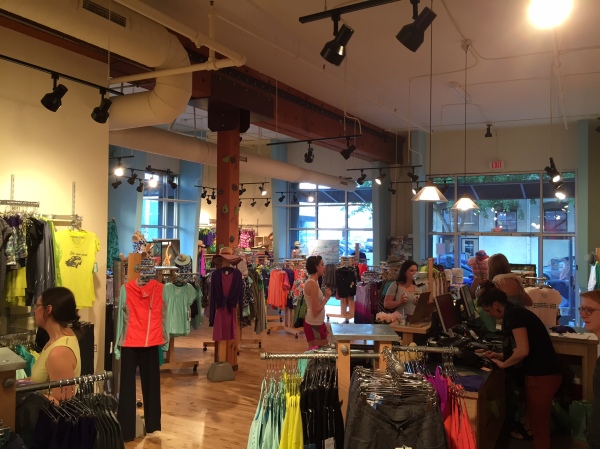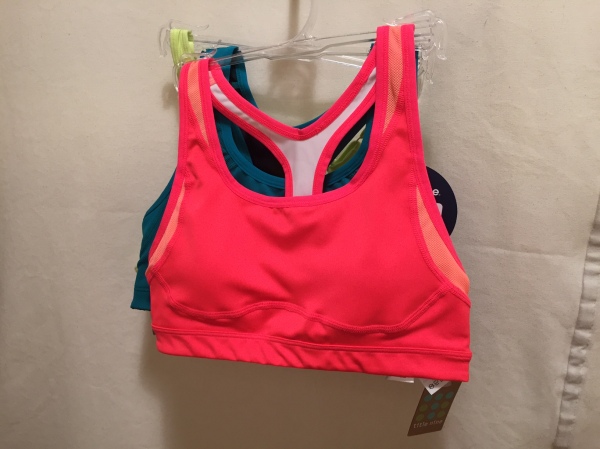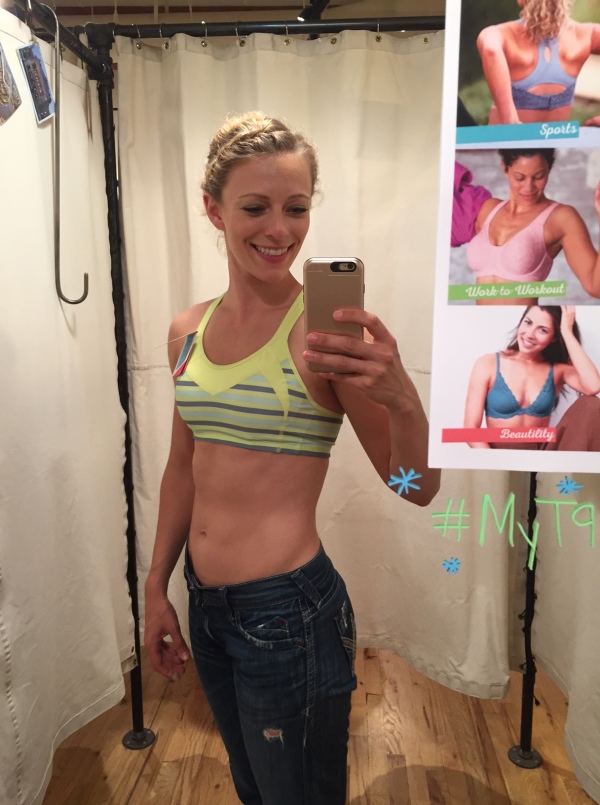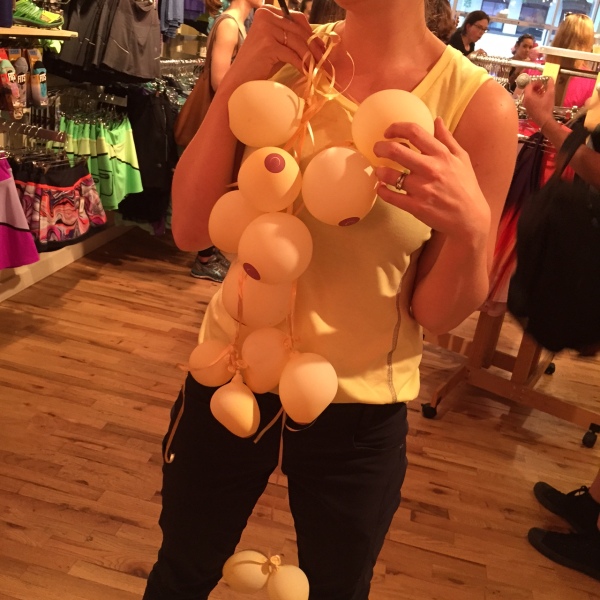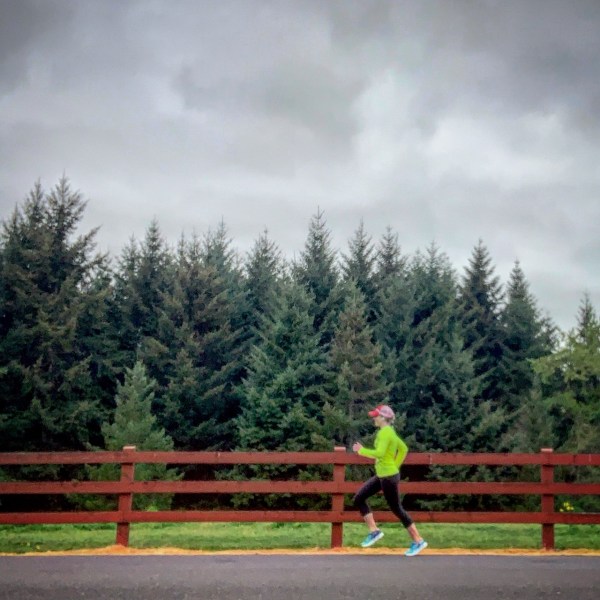
If you’ve landed here from the Integrate Performance Fitness blog, welcome to Part II of our trilogy! If you’re wondering, “Where’s Part I?” click the link above to get up to speed.
In Part I of this series, my trusted trainer friend Al Painter, a strength coach specializing in endurance athletes, and me (longtime runner, certified run coach) talked about a mistake many runners are making right now: Chasing PRs.
As he noted, what we’re really searching for is a sense of normalcy.
We like the motivation and purpose that comes with racing. We find control amid the chaos when we check off the boxes on our training plan. We feel productive when we’re able to nail speed workouts and see progress being made.
But with so many things up in the air – races cancelled or on hold, living our lives in an indefinite holding pattern – we agreed that now’s not a time to ramp up; it’s a time to reset your body and re-evaluate your goals.
Then when it’s go-time again, you’ll actually be a step ahead.
In fact, here are the five things runners should be focusing on right now (adapted from elite performance coach Mike Robertson):
- Family & Relationships. We’ve got the gift of extra time with loved ones; how are you making the most of it?
- Nutrition & Meal Prep. We also have a unique opportunity: unprecedented control over our fueling with fewer distractions; take advantage!
- Recovery & Sleep. If bedtime is creeping later each night, we’ve got choices to make; create and prioritize good sleep habits.
- Mindset & Meditation. Runners, this is where we shine! We already know we can do hard things, and normal won’t be back for a while, so flex mental muscles to stay positive and use running as both a moving meditation and stress-reliever.
- Mobility & Movement. Formerly known as “cross-training,” this is what we now want to make routine in order to take our running to the next level.
So when it comes to running, what exactly do we do?
Running coach Mario Fraioli put it well when he said, “step back and reexamine your relationship with training and racing, find new and different meaning in this pursuit of running, and start dreaming up personal projects or creative goals that excite you and can be pursued within the current constraints of this strange situation.”
Keep it simple, and just move. But listen to your body, and be willing to adapt, depending on the day.
I hesitate to post a specific running workout here because we’re all at different places at the moment – physically, mentally, emotionally – so instead I’ll issue a challenge: This week, commit to at least three days of “running-inspired”movement.
It could be as simple as setting your watch with a 15-minute timer then walking or running for that amount of time before turning around and re-tracing your steps (an out-and-back outside, or even laps around your apartment).
It could be finding a hill nearby (or set of stairs in your home), setting a timer for 20 minutes and working out current frustrations on the incline – run up quickly, staying tall with a slight forward lean at the hips. Walk down the other side or do a slow lap (around the hill or your house) to recover. Repeat until the time is up.
Or if you’re feeling up to it, take yourself on a long run. My new Sunday morning routine is to go out and get lost – in the miles, in my head, in the music – to build endurance and get my mind right for the week ahead.
As for the other days of the week – and the strength training and mobility I’ve been touting as the magic that will help us all run stronger, longer and without injury?
Well, for that I’ll send you back over to Al, who’s written up a runner-specific strength workout that he’ll cover in Part III of this series. Head on over here to check it out when it posts in a few days!


